The Tangible Revolution Reshaping Flexible Packaging
The global flexible packaging industry stands at a pivotal crossroads, driven by an undeniable mandate: the urgent transition to Sustainable Packaging. No longer a niche concern or mere marketing buzzword, genuine sustainability has become a core operational and strategic imperative. Consumers demand it, regulators enforce it, and the planet desperately needs it. At the heart of this transformation lies a confluence of innovative technologies and shifting priorities, fundamentally altering how packaging is conceived, produced, and disposed of.
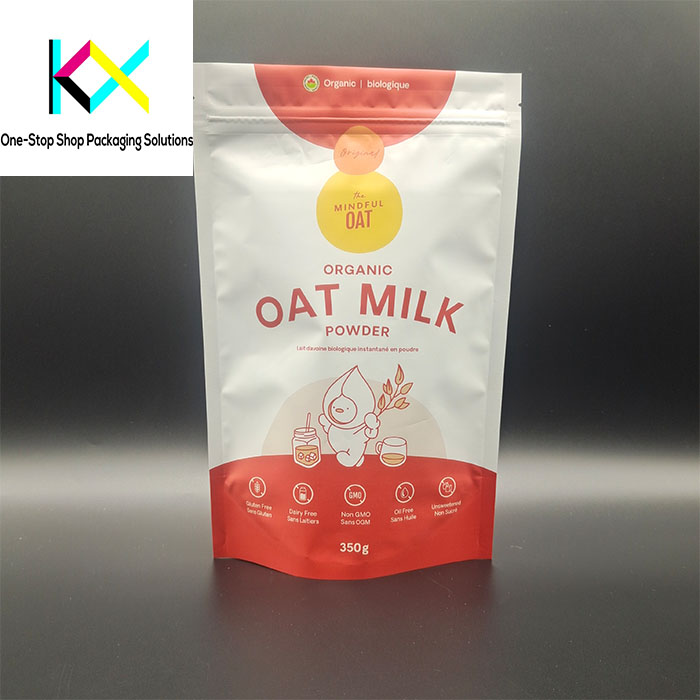
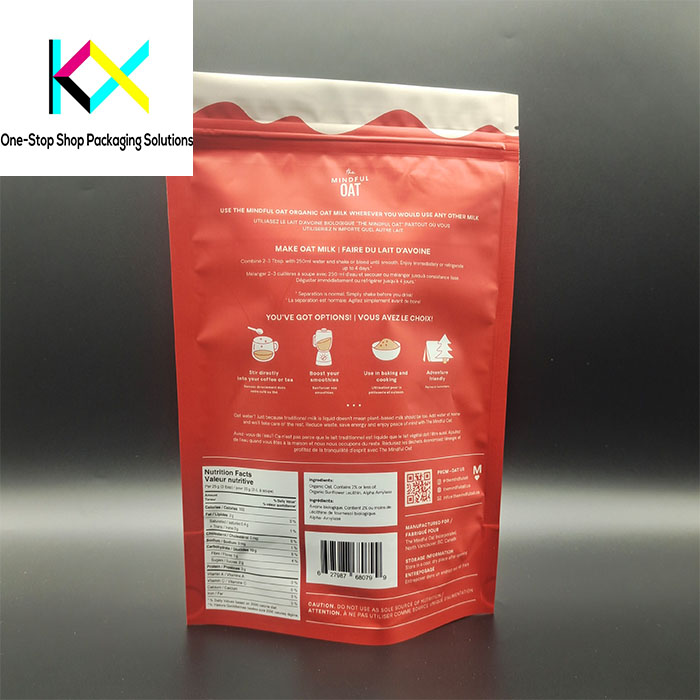
The Rising Tide of Conscious Consumption
Consumer awareness regarding packaging waste has skyrocketed. Shoppers are actively scrutinizing labels, seeking easily recyclable or compostable materials, and favouring brands demonstrating tangible environmental commitments. This isn’t just about feel-good marketing; it translates directly into purchasing decisions. Retail giants and e-commerce platforms are amplifying this pressure, implementing stringent requirements for suppliers and setting ambitious corporate targets for reducing packaging waste and carbon footprints. The message is clear: Sustainable Packaging is no longer optional; it’s the price of admission to the modern marketplace.
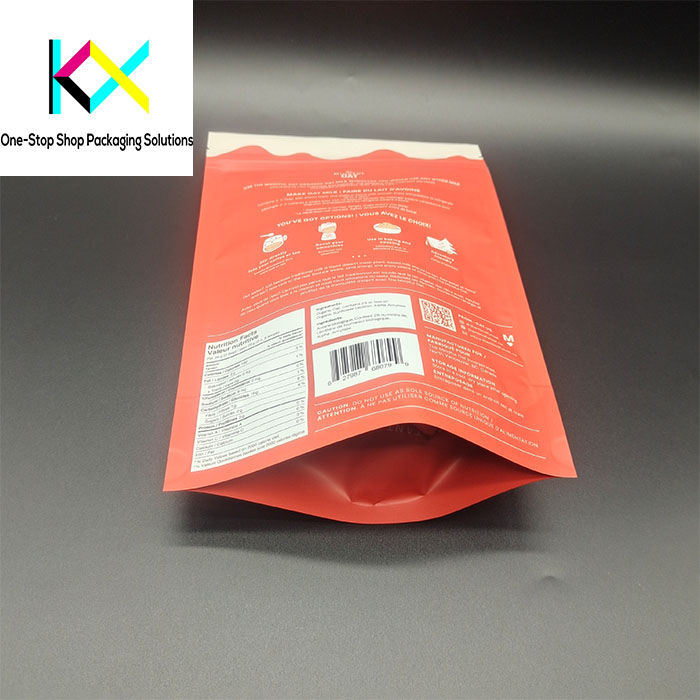
Regulation: The Accelerator of Change
Parallel to consumer pressure, governments worldwide are enacting stricter regulations. Extended Producer Responsibility (EPR) schemes are shifting the financial and logistical burden of end-of-life packaging management back onto producers. Bans on specific hard-to-recycle materials, mandates for recycled content minimums, and impending taxes on virgin plastics are creating a complex but compelling regulatory landscape. This framework actively penalizes outdated, wasteful practices and incentivizes investment in truly Sustainable Packaging solutions that align with circular economy principles. Compliance is becoming synonymous with innovation.
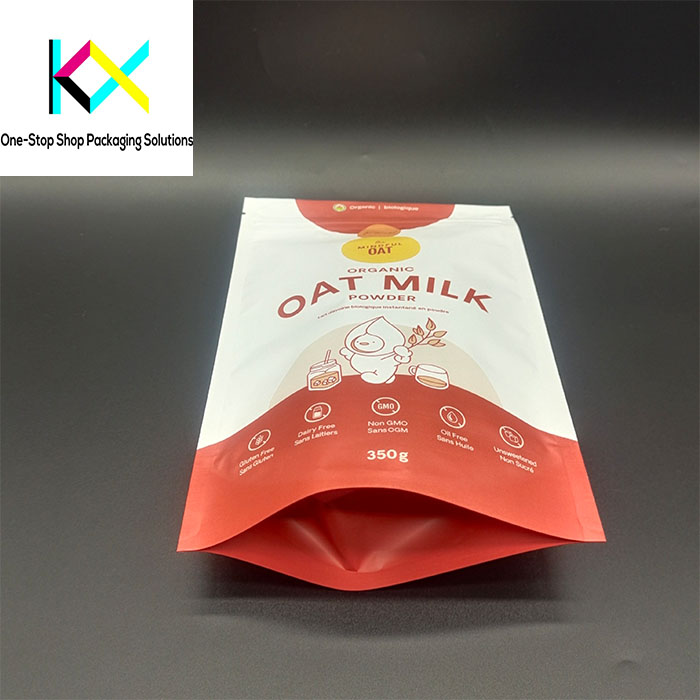
Solventless Lamination: The Unsung Hero of Cleaner Production
While material innovation grabs headlines, a quieter revolution is occurring in the manufacturing process itself. Enter Solventless Lamination. This advanced bonding technology is rapidly moving from a niche application to a mainstream solution for creating high-performance, multi-layer flexible packaging structures – without the environmental and health drawbacks of traditional solvent-based adhesives. The core principle is elegant: combining precisely metered adhesives (often 100% solids polyurethane) under heat and pressure to create a robust bond between substrates, entirely eliminating the need for volatile organic compounds (VOCs).

The Compelling Advantages of Going Solvent-Free
The benefits of Solventless Lamination are multifaceted and profound:
Eradicating VOCs: The most significant advantage. Removing solvents eliminates hazardous emissions at the source, drastically improving factory air quality for workers and eliminating the need for costly, energy-intensive thermal oxidizers (incinerators) required to destroy VOCs from solvent-based processes. This directly reduces the carbon footprint of production.
Enhanced Safety: Eliminating flammable solvents significantly reduces fire hazards within the production facility, creating a safer working environment.
Energy Efficiency: Without the need to evaporate massive quantities of solvents or power large incinerators, Solventless Lamination consumes considerably less energy. This translates to lower operating costs and reduced greenhouse gas emissions.
Material Efficiency & Performance: Modern solventless adhesives and precise application systems minimize waste and allow for thinner adhesive layers without compromising bond strength or packaging integrity. This can contribute to overall material reduction.
Future-Proofing: As regulations on VOC emissions and workplace safety tighten globally, adopting solvent-free processes positions converters ahead of the curve, avoiding costly retrofits or penalties.
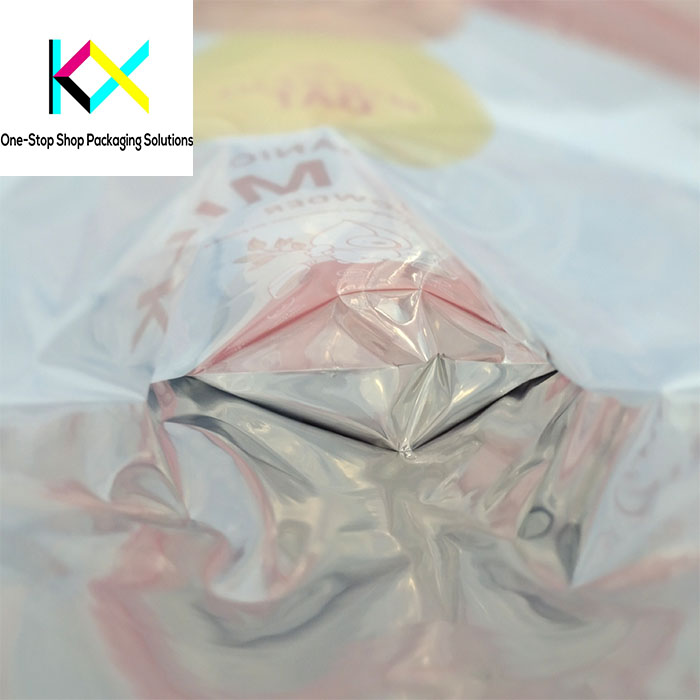
Synergy: Sustainable Materials Meet Clean Processes
True Sustainable Packaging excellence isn’t achieved by focusing on just one element. The most impactful solutions emerge when material innovation synergizes with clean manufacturing. Solventless Lamination is inherently compatible with the next generation of packaging substrates crucial for sustainability:
Monomaterials: Simplifying recycling by using single-polymer structures (like all-PE or all-PP laminates) is a major trend. Solventless Lamination provides the reliable bonding needed for these often challenging-to-bond films, enabling recyclable packaging without sacrificing performance.
Recycled Content Films: Incorporating post-consumer recycled (PCR) materials often requires robust bonding solutions that solventless adhesives can provide, helping to close the loop.
Compostable Films: For certified compostable packaging, ensuring the adhesive system is also compostable is essential. Solventless technology readily accommodates compatible bio-based adhesive chemistries.
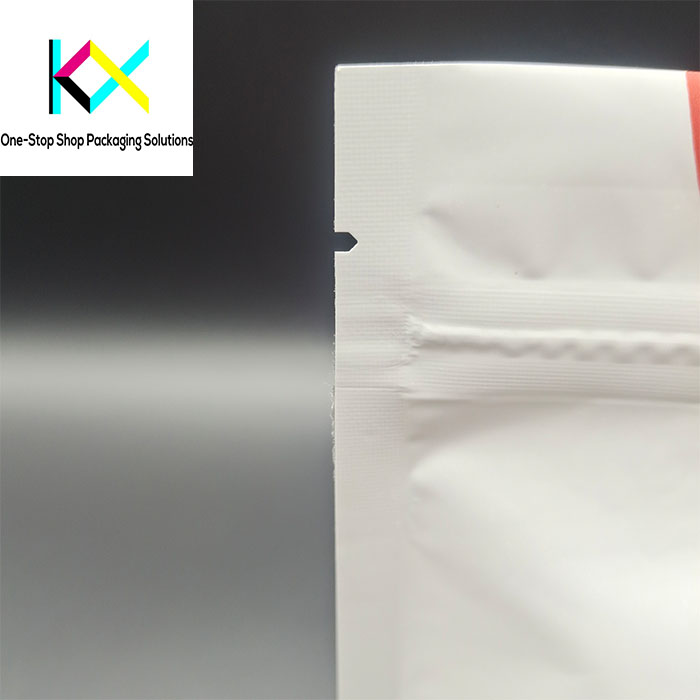
Overcoming Adoption Hurdles
Despite its advantages, transitioning to Solventless Lamination presents challenges. Initial investment in new machinery can be significant. The process demands precise control of temperature, pressure, and adhesive metering, requiring operator training and potentially slower initial speeds compared to mature solvent-based lines. Material compatibility, especially with very thin or temperature-sensitive films, requires careful evaluation. However, the long-term operational savings (energy, solvent costs, emission control maintenance), regulatory compliance, and alignment with Sustainable Packaging goals make a compelling business case. Converter experiences consistently show that these hurdles are manageable and the payback period is increasingly attractive.

The Future is Integrated and Circular
The trajectory is unmistakable. The flexible packaging industry’s future hinges on systemic sustainability. This means designing for recyclability or compostability from the outset, incorporating recycled materials responsibly, and employing manufacturing processes that minimize environmental impact at every stage. Solventless Lamination represents a critical, scalable technology within this integrated approach to Sustainable Packaging. It directly addresses the environmental burden of production while enabling the use of next-generation eco-friendly substrates.
Conclusion: Embracing the Tangible Shift
The era of superficial green claims is over. Brands and converters are being judged on tangible actions and measurable reductions in environmental footprint. Sustainable Packaging is the driving force, and technologies like Solventless Lamination are proving to be indispensable tools in achieving these goals. It’s a shift from mitigating harm to proactively designing and manufacturing packaging with environmental responsibility embedded in its DNA. For forward-thinking players in the flexible packaging sector, investing in cleaner processes like solvent-free bonding is not just an environmental choice; it’s a strategic imperative for resilience, compliance, and long-term success in a market demanding genuine, verifiable sustainability. The revolution is here, and it’s built on substance, not just slogans.
